Subphylum Vertebrata -
The Vertebrates
Animals with backbones
1. Vertebrates have all three of the basic chordate features
(at least at some stage in life), PLUS....
2. Major classes of vertebrates:
Class Agnatha - the jawless fish (lampreys
and hagfish)
Hagfish
deep sea creatures
feed on dead animals (get inside and eat from inside
out!) and small invertebrates in sediments
Hagfish photos and information can be found at several
websites:
OceanLink: OceanInfo - The Hagfish Page
The Lowly Hag (at the bottom of this
page there's a link to a movie showing hagfish in action!)
Lampreys
many species parasitic/predaceous on fish
larvae are filter feeders
sea lamprey entered Great Lakes via St. Lawrence Seaway
wrecked havoc with fish populations
Interesting lamprey web sites:
SEA LAMPREY (informative site)
Welcome to the
Sea Lamprey Fishtank (nice photos to look at)
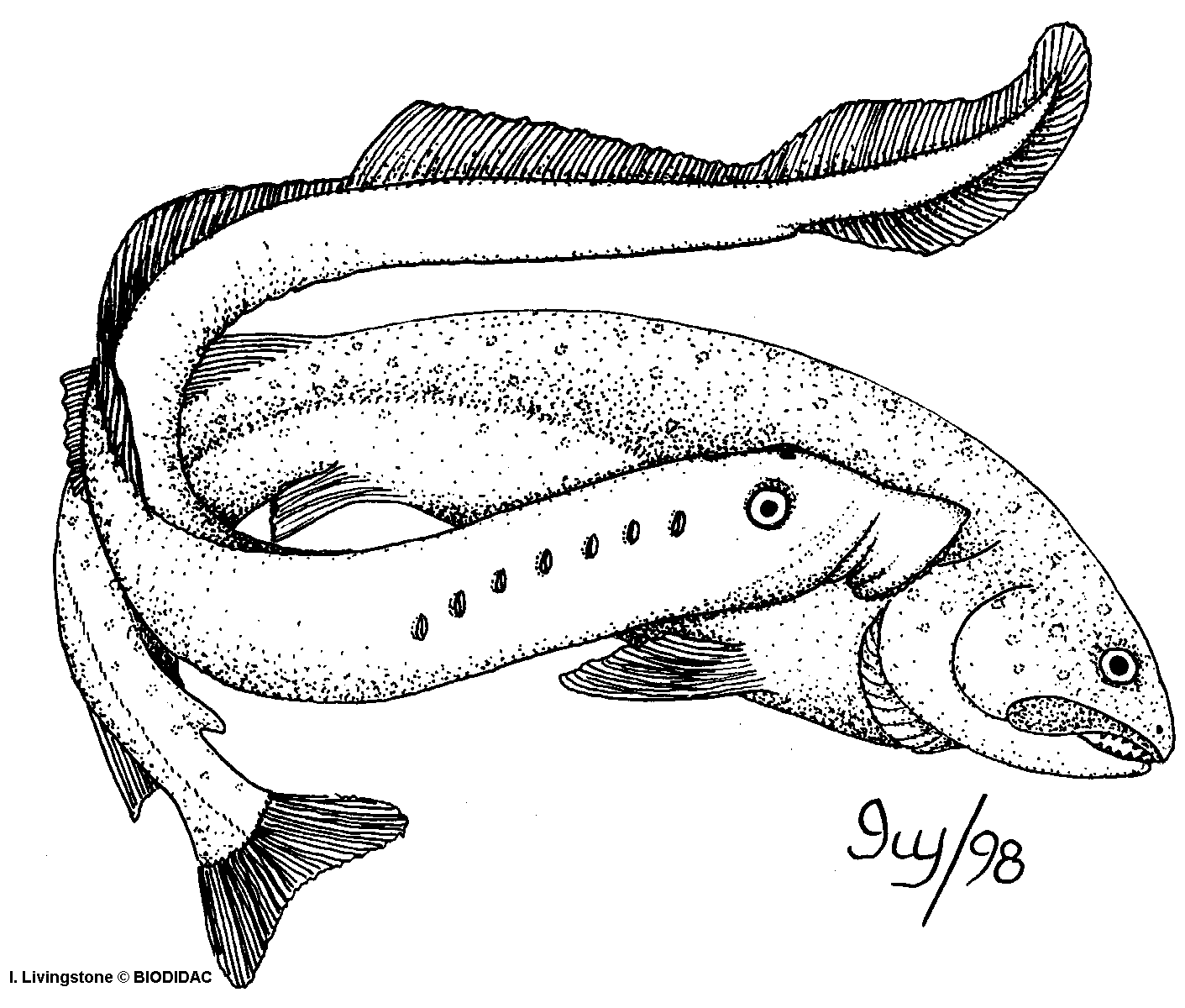
Class Chondrichthyes - cartilaginous
fish (sharks, rays, and others)
Except for teeth, skeleton entirely cartilaginous
Mostly marine, but some in
freshwater
some sharks come into freshwater
some come as far north in Mississippi River as southern
Illinois
Lake Nicaragua has resident population of sharks (this
species normally lives in ocean)
numerous species of freshwater stingrays in Amazon river
system.
Familiar animals, even in popular culture
Lots of myths about sharks - e.g. not all are large and
dangerous
Discussed in "Life on Earth" video in lab
Class Osteichthyes - bony fish
The most diverse group of vertebrates by far!
over 18,000 species!
in contrast, only about 8600 species of birds, and 4100
species of mammals
MORE TO COME ON BONY FISH AND OTHER VERTEBRATES BELOW
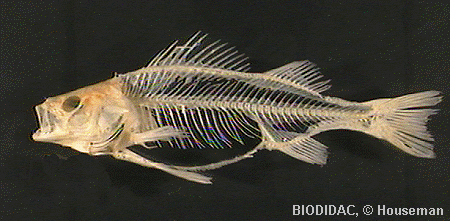
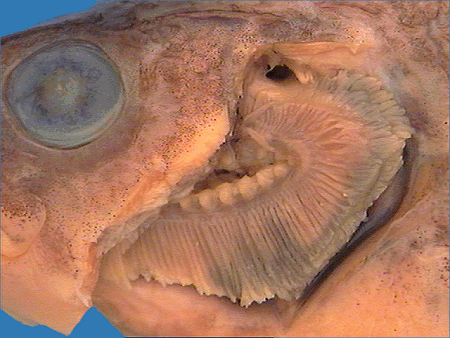
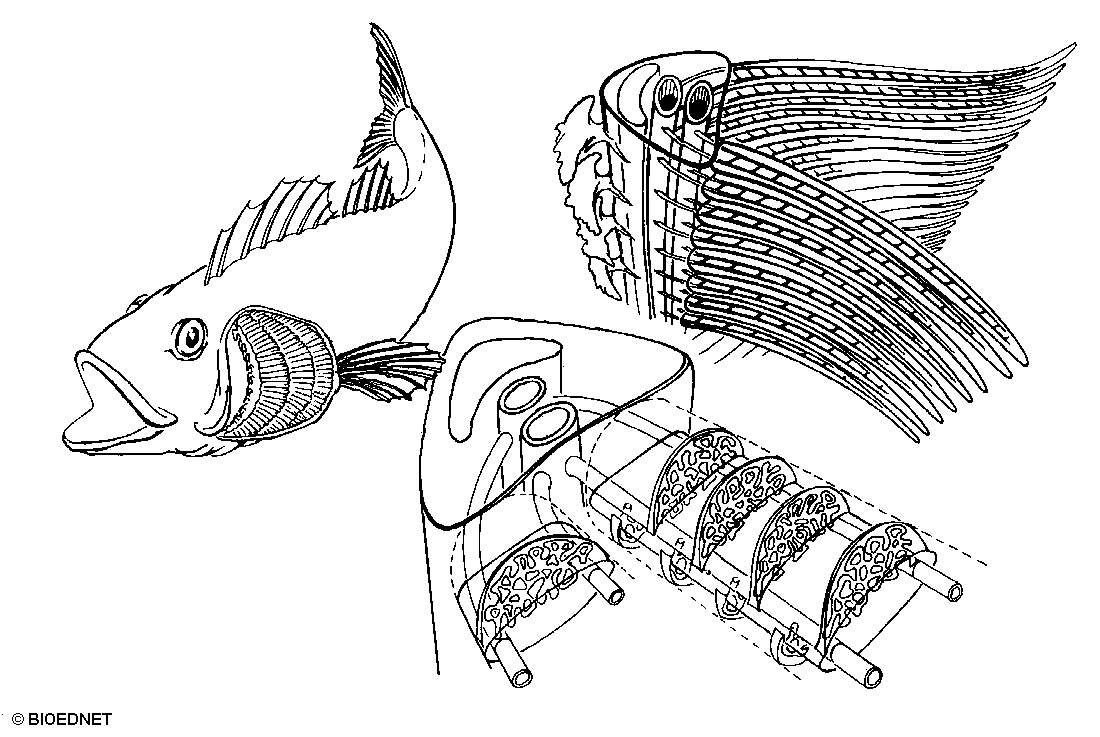
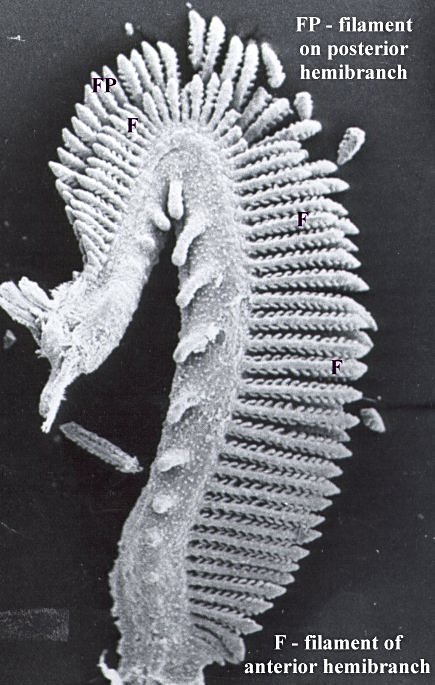
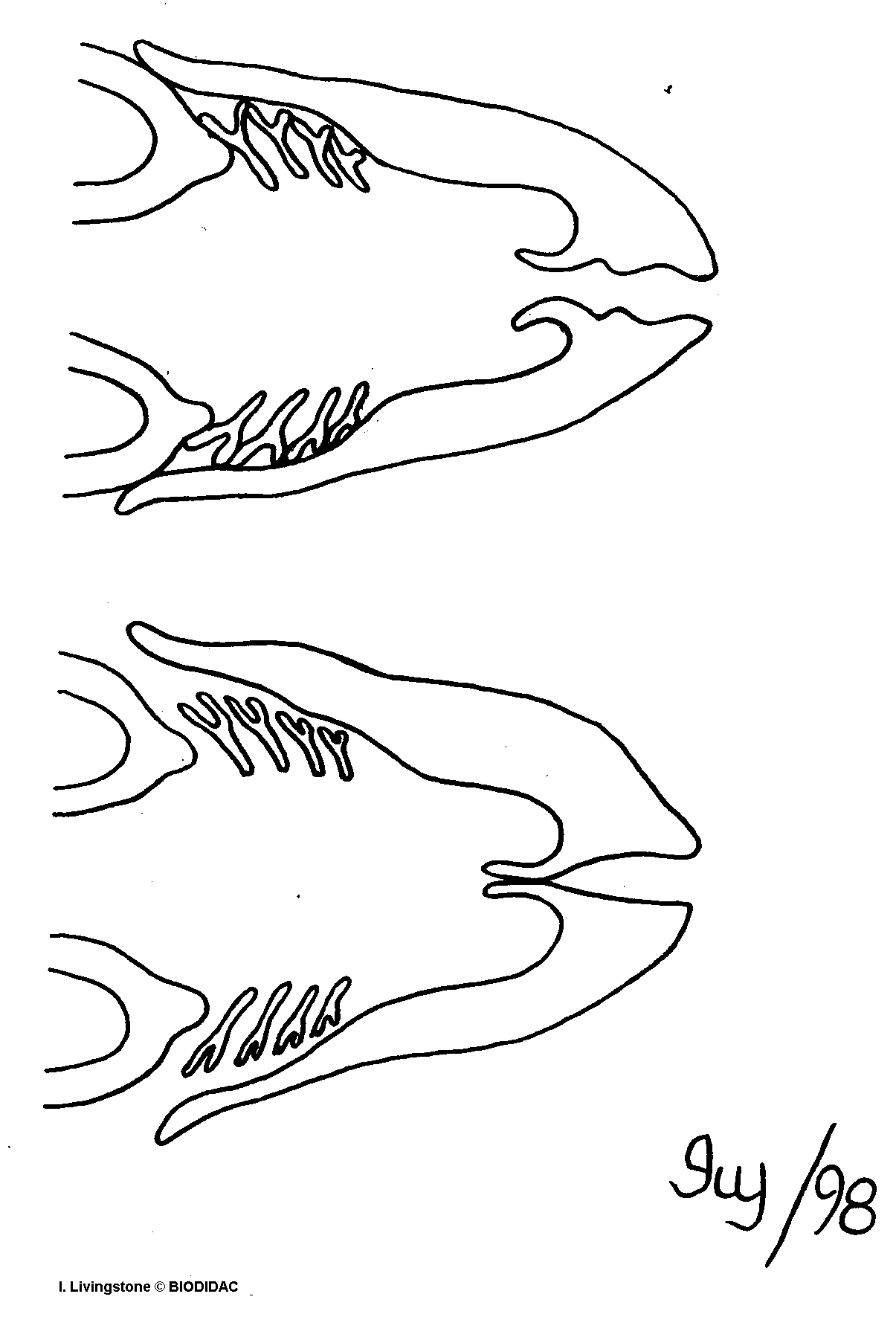
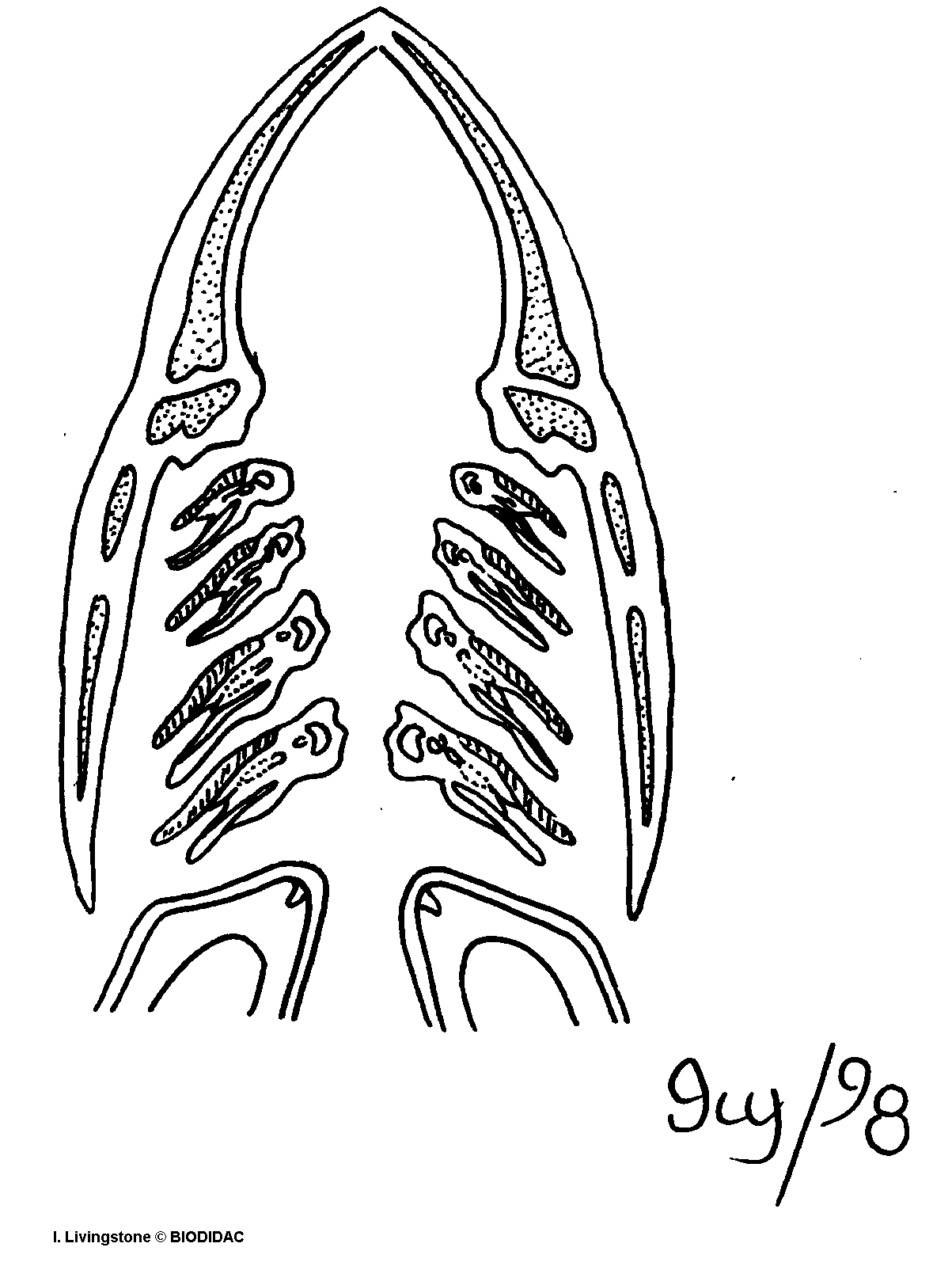
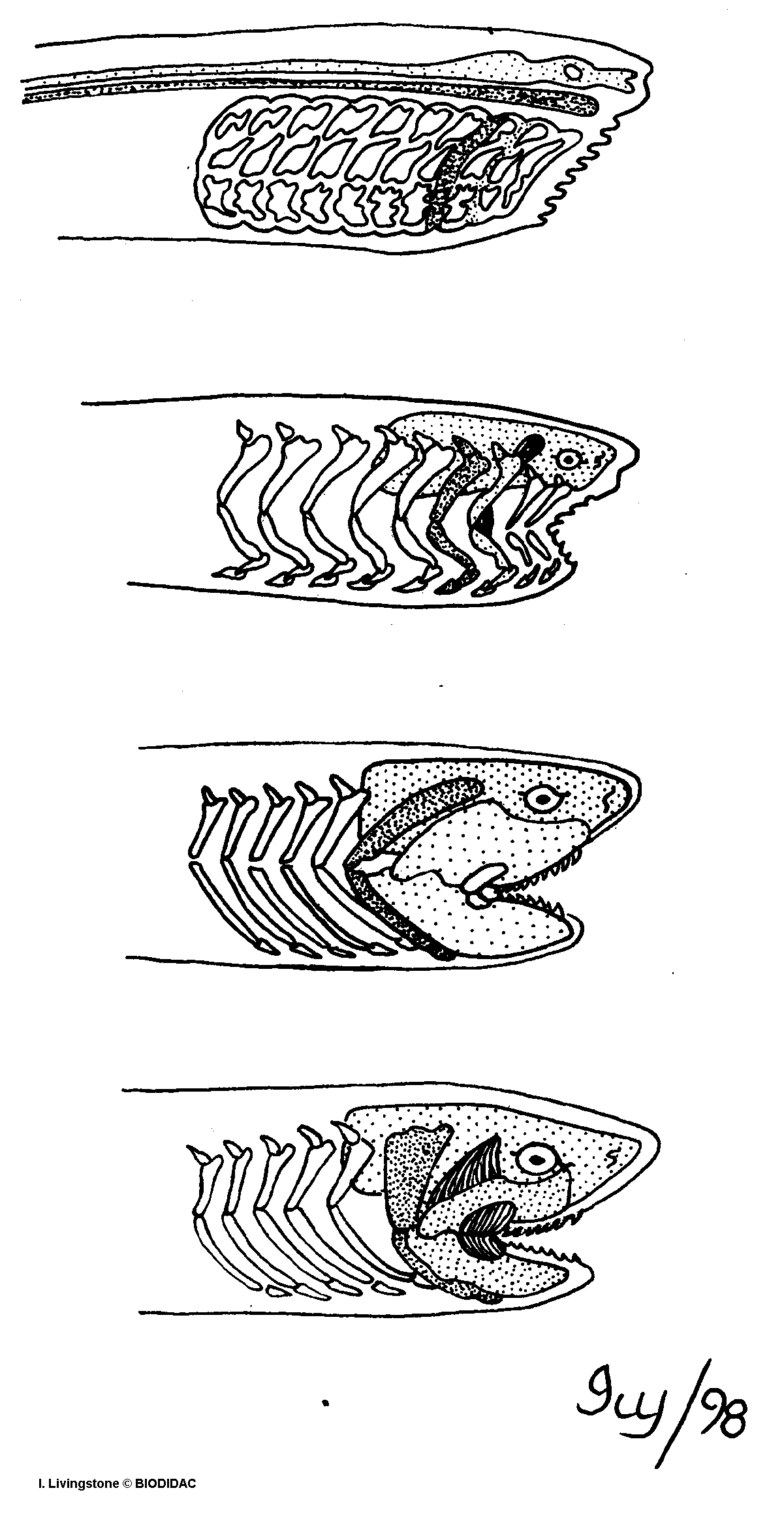
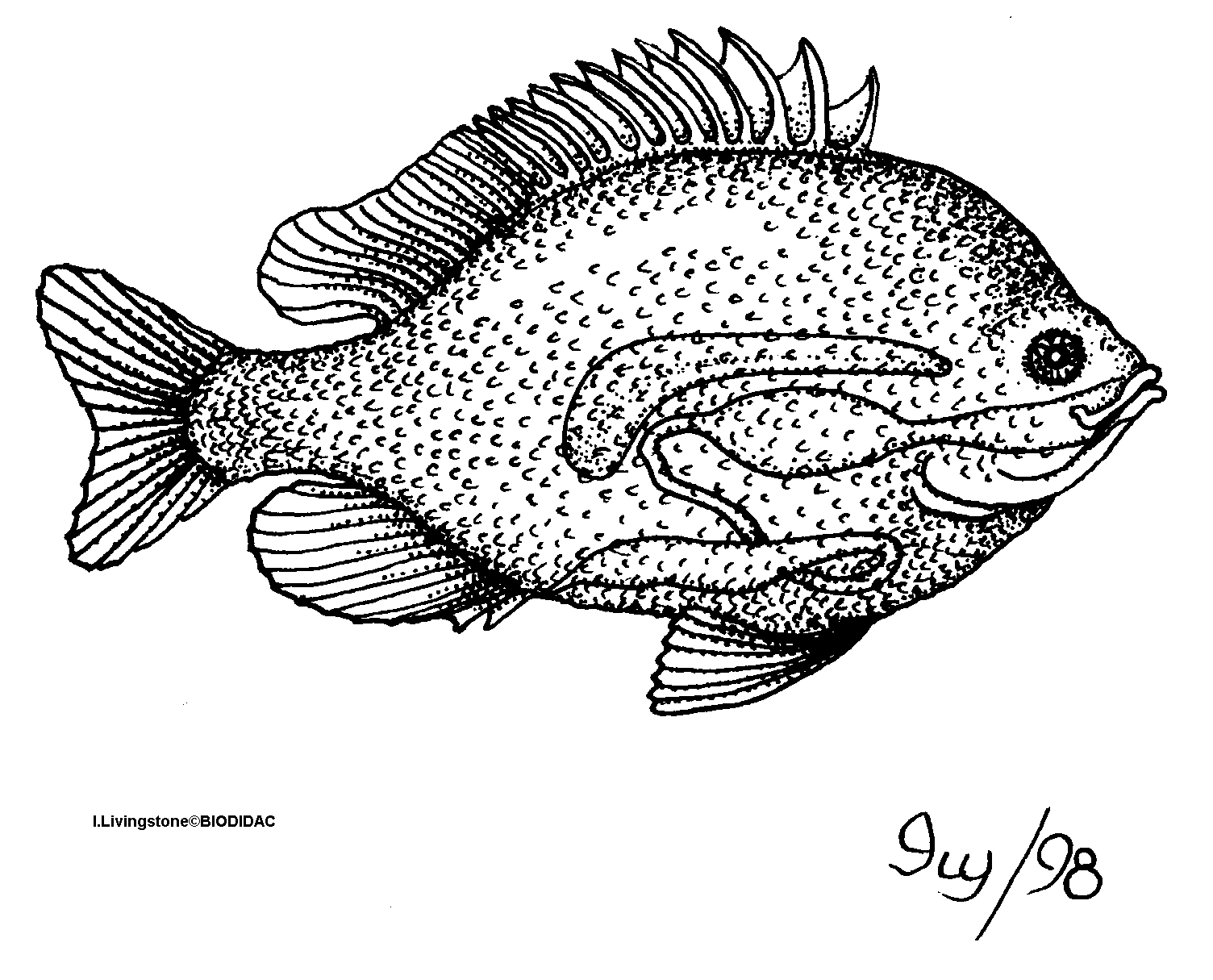
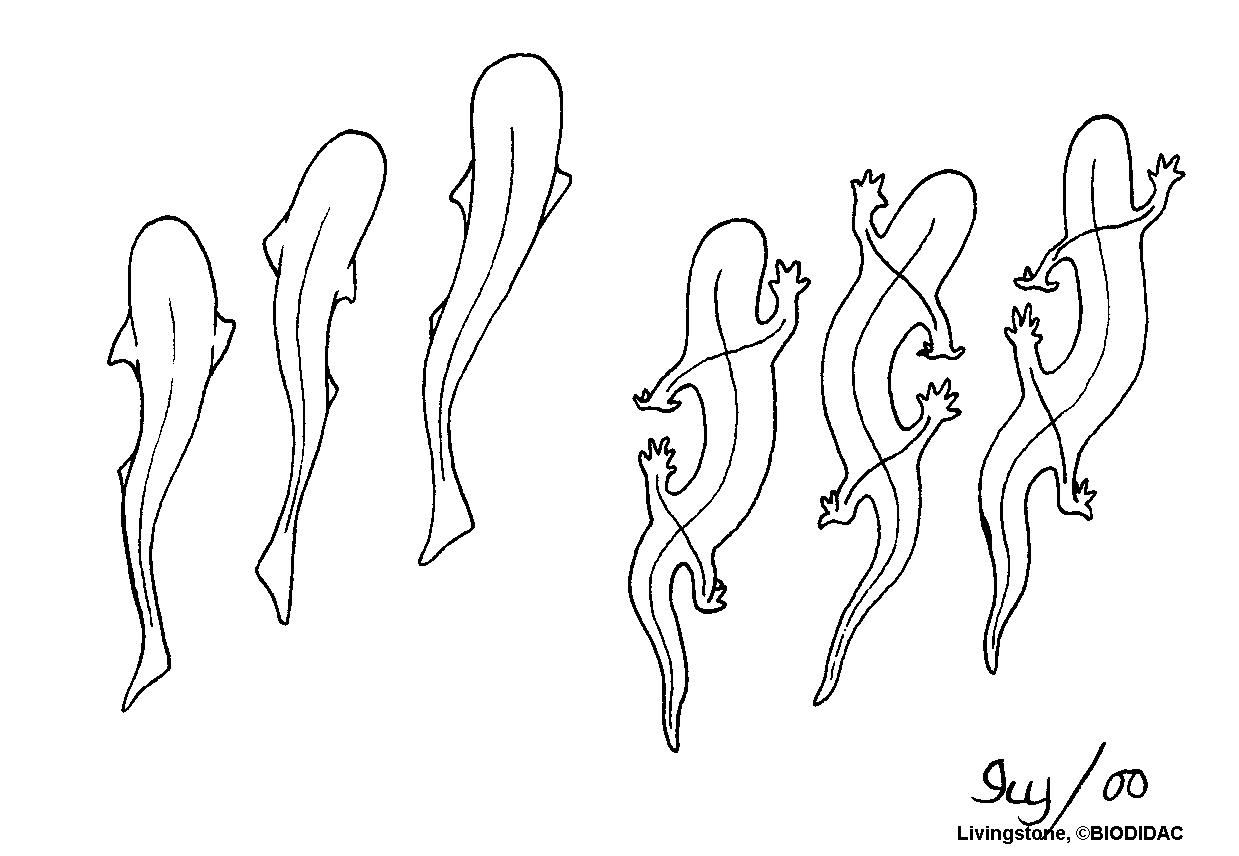 Class Amphibia - the amphibians (frogs,
toads, salimanders, newts, and others)
Class Reptilia - the reptiles (turtles,
crocodilians, snakes and lizards, and others)
Class Aves - the birds (some folks
now classify birds in the same group as the otherwise extinct dinosoaurs)
Class Mammalia
Class Amphibia - the amphibians (frogs,
toads, salimanders, newts, and others)
Class Reptilia - the reptiles (turtles,
crocodilians, snakes and lizards, and others)
Class Aves - the birds (some folks
now classify birds in the same group as the otherwise extinct dinosoaurs)
Class Mammalia



